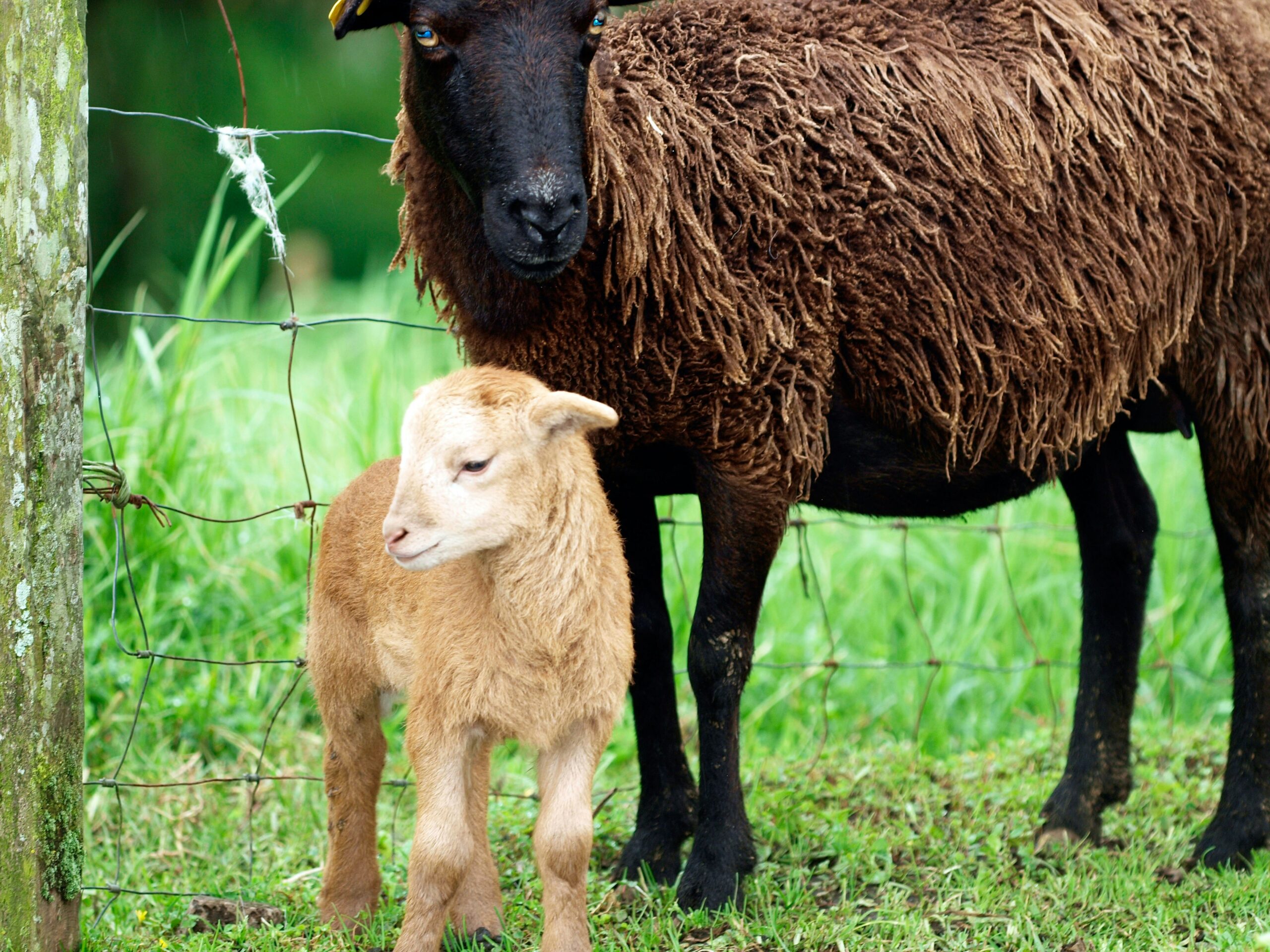Introduction to Sheep and Goat Farming
Farming sheep and goats can be a fulfilling venture, providing numerous benefits such as wool, milk, and meat. To ensure profitability and sustainability in your farming practices, it is vital to adopt best practices that enhance the health and productivity of your livestock.
Choosing the Right Breeds
One of the critical aspects of sheep and goat farming is selecting the right breeds. Different breeds offer varied advantages depending on your farming goals. For instance, if you are focusing on milk production, consider dairy breeds like the Saanen goat. Alternatively, for meat production, the Boer goat is a preferred choice. Always research your local regulations and market demands to choose breeds that perform well in your region.
Maintaining Optimal Health
Health management is essential in sheep and goat farming. Regular veterinary check-ups, vaccinations, and pest control practices help maintain the health of your flock. Additionally, providing a balanced diet rich in nutrients is vital, as proper nutrition strengthens immune systems and enhances growth rates. Furthermore, create a clean and comfortable living environment to minimize stress and disease transmission among your animals.
Implementing Sustainable Practices
To ensure your sheep and goat farming is sustainable, practice rotational grazing and efficient feed management. These methods not only enhance pasture quality but also promote soil health. Furthermore, consider diversifying your farming practices by integrating crop production, which can provide additional feed sources and improve overall farm viability.
By following these best practices for sheep and goat farming, you can build a successful and sustainable operation that contributes to your community and supports your livelihood.





